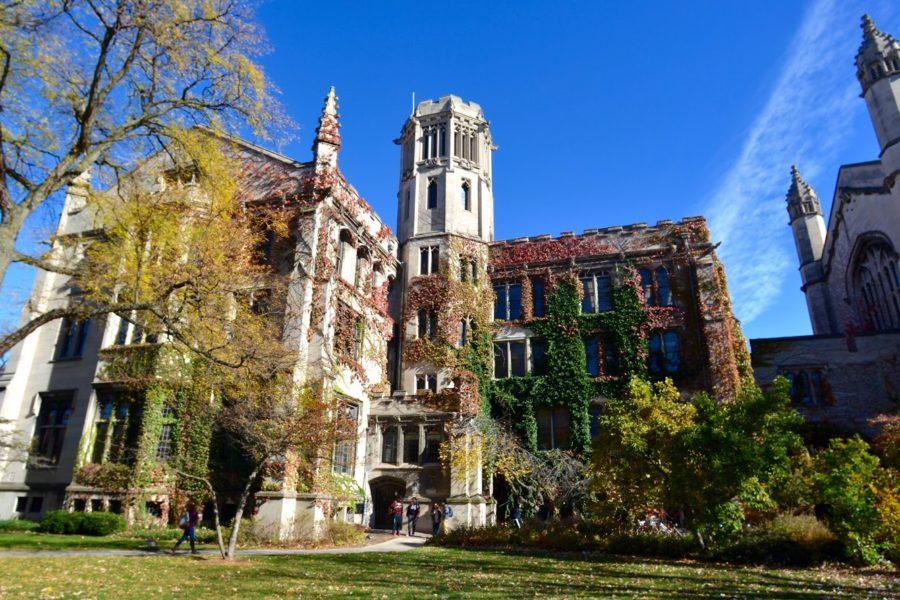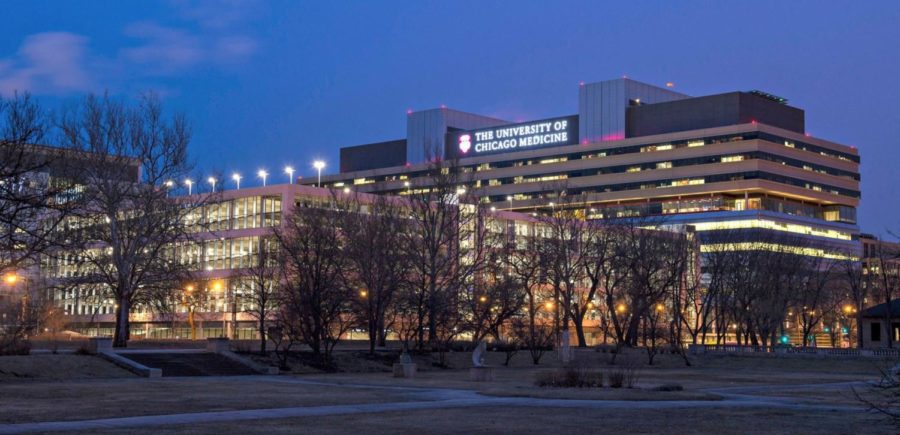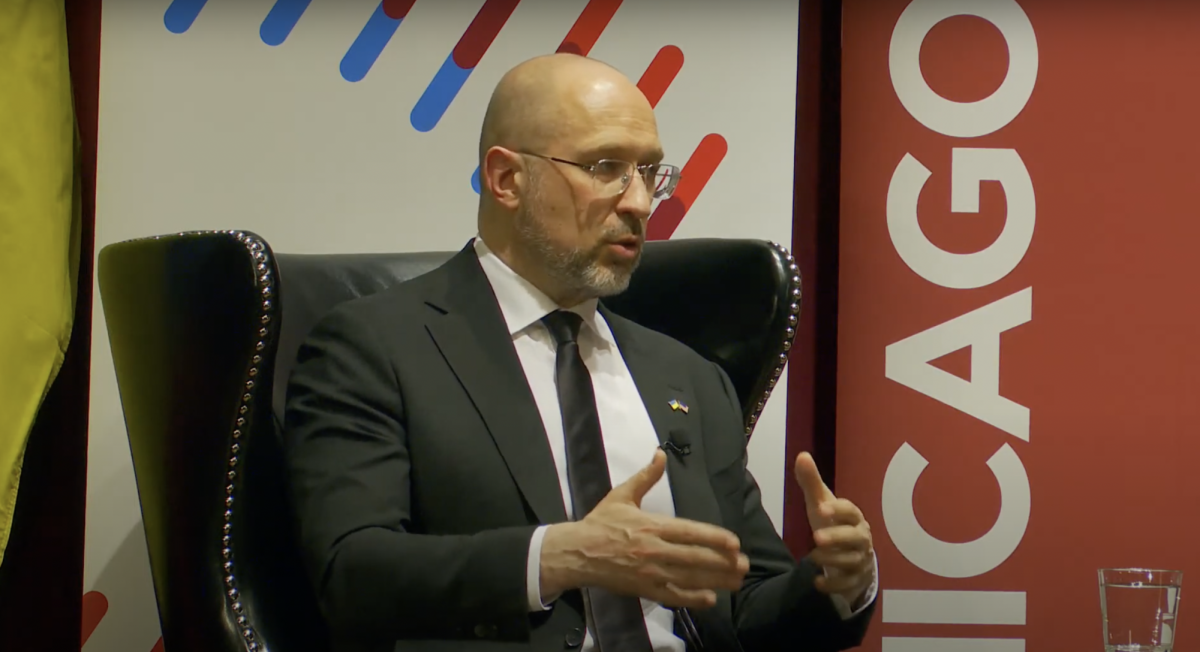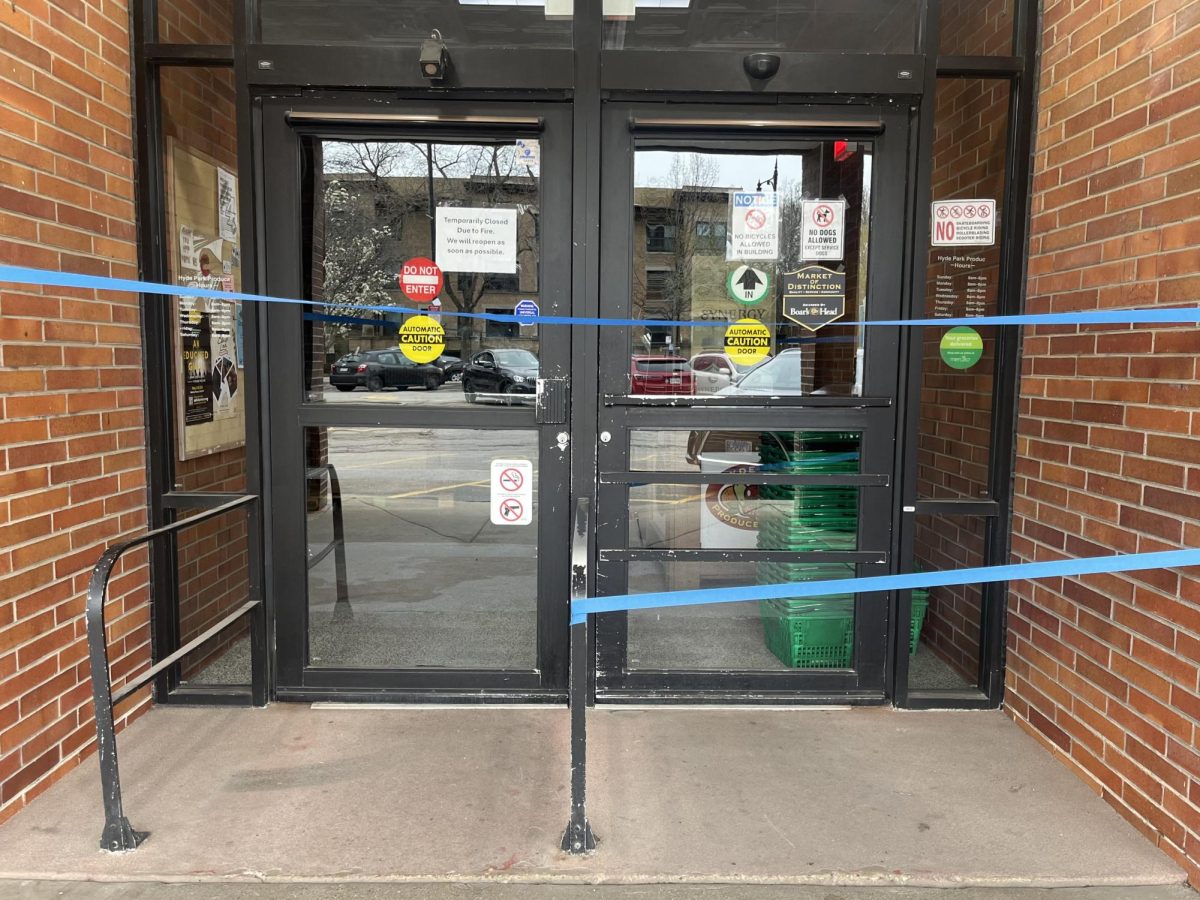The Center of Biomedical Discovery, slated to open in 2008, will make the University one of the nation’s top pediatric and metastatic cancer research facilities, according to Hospital officials. Construction began on the $162.5 million structure at the east side of Drexel Avenue between 56th and 57th Streets on October 17.
At 330,760 square feet, the center will be the largest science facility in the University’s history, and at 10 stories high, one of the tallest buildings on campus.
Officials expect the center to fill an important niche in the University’s current expansion of its scientific research capabilities.
“The Center of Biomedical Discovery will be a bridge between the basic science research to be done at the Center for Integrative Science and clinical research done at the Hospitals,” said John Easton, a Hospitals spokesperson.
Over 45 teams of researchers will use chemistry, physics, and biology in combination with clinical studies to answer how genetics affect childhood diseases, why blood cells leak, and the causes of metastatic cancer.
“The Center of Biomedical Discovery’s purpose is to bring together multidisciplinary research with a focus on three major areas: cancer, pediatric medicine, and genetic medicine,” said Geoffrey Greene, professor in the department of biochemistry and molecular biology and a co-director of the Center of Biomedical Discovery.
A number of innovative interdisciplinary programs will occupy the facility, including the Institute for Molecular Pediatric Sciences and the Center for Metastasis Research.
The first of its kind in the country, the Institute for Molecular Pediatric Sciences was established to research how genes influence childhood diseases. The institute will expand from its current home in the Comer Children’s Hospital to occupy half of the Center of Biomedical Discovery. With its new capacity, the institute “will harness the insights of the biomedical revolution and apply them to the care of sick children,” Professor and Chairman of Pediatrics and Director of the Center of Biomedical Discovery Steven Goldstein said in a press release.
The construction of the Center of Biomedical Discovery, which follows the opening of the Comer Children’s Hospital last February, is considered to be the second phase of the University’s attempt to become a national leader in pediatric medicine.
Many in the University consider the Center for Metastasis Research an important leap forward in the University’s pursuit to understand and cure cancer.
“Our current metastasis research enterprise is small and needs to grow in size and scope,” Greene said. “Metastasis represents the end stage of cancer, and it is what kills most people with tumors that fail treatment of early stage disease.”
Ralph Weichselbaum, professor and chairman of the Department of Radiation and Cellular Oncology, said that the research at the medical center has the potential to fulfill multiple needs.
“I think [metastasis] is a social, medical, and intellectual problem and it necessitates a multi-disciplinary approach,” Weichselbaum said. “We can make real progress. It’s one of the few centers of its kind, and there is a real crying need.”
Undergraduate and graduate students at the University can look forward to cutting-edge research opportunities. Easton said that the construction will increase research resources significantly for the University, “so it will certainly create opportunities for a lot of people.”
The building design offers a new approach to facilitating interdisciplinary discovery. “It’s a very cleverly designed building,” Easton said. “It is very light, airy, and open. It forces people to interact via open areas, adjoining lab space, and shared floors.” The Center will also connect to the Center for Integrative Science, the Biological Sciences Learning Center, and the Comer Children’s Hospital.
“This facility is designed to capitalize on and extend two of this University’s primary strengths,” said James Madara, dean of the Division of Biological Sciences and the Pritzker School of Medicine, in a press release. “It exploits the extraordinary diversity of our scientists, pulling together people from many backgrounds and specialties. It also takes advantage of their collegiality, their historical propensity to cross boundaries with abandon in order to work together on common, fundamental problems.”









